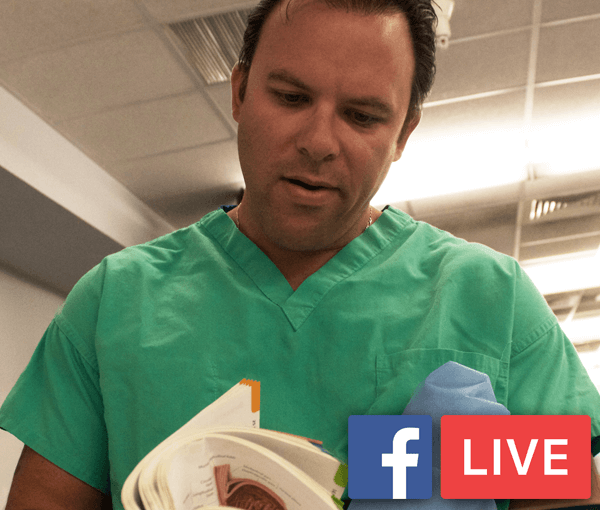Summarize This Article:
Summarize This Article:

Most often, the first sign of avascular necrosis is deep, aching bone pain. This pain is usually ignored for a while and receives some temporary relief with over-the-counter meds. When the pain persists, the individual schedules an appointment with their doctor. After a few appointments and tests, they are diagnosed with avascular necrosis.
Finding out you have AVN does not relieve the unrelenting symptoms. The deep, aching pain is constant and can be life-altering. But what is the source of the pain? The pain is essentially the bone starving to death. Have you ever been so hungry that you are physically in pain? The bone is in a similar situation, except the bone depends on blood, not food, to survive.
AVN is the loss of blood supply to the bone. Once the blood supply diminishes and the bone begins to starve, it sends a signal to the brain that something is wrong. This signal is interpreted as pain by the brain. It is constant because the bone is continually starving from the lack of blood supply. Pain medications only mask the pain because they do nothing to increase the blood flow to the starving bone.
So how can the blood flow be restored to the bone in order to relieve the pain caused by AVN? Luckily, with advanced microsurgery, this can be done. Free periosteal core decompression works by removing the dead bone and placing the periosteum in its place. The blood supply to the periosteum is then reestablished using microsurgery. The periosteum is key in restoring the blood flow to the bone, which ceases bone starvation and relieves the pain.
To see if you are a candidate for the avascular necrosis treatment program at The Institute for Advanced Reconstruction, please fill out the patient contact form.


